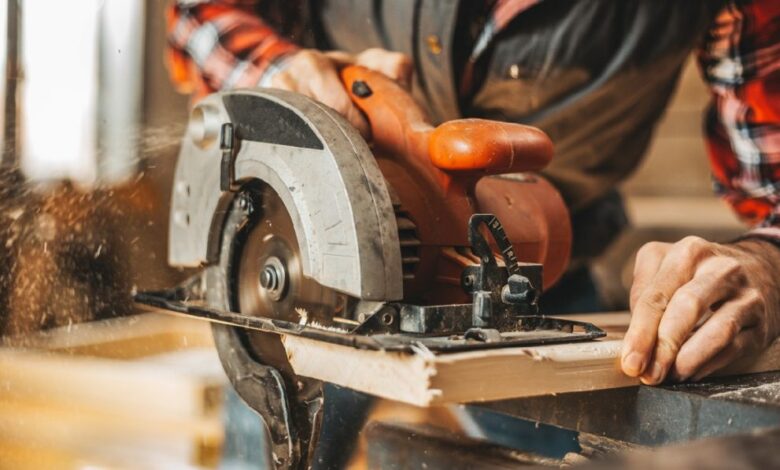Efficient Tips for Choosing the Right Saw for Your Needs

For both professional and do-it-yourselfers, selecting the correct saw can significantly impact the effectiveness and quality of your work. Knowing the distinctive qualities of the several saws on the market, each intended for a particular purpose, is essential to helping you make an informed choice. This post will help you choose the ideal saw for your requirements. You’ll discover how to make informed financial decisions by investigating several saws and assessing essential factors, including project type, material, and budget. We’ll also review essential safety measures and upkeep advice to keep your saw in optimal working order and help you consistently produce accurate and dependable results.
Types of Saws
There are various types of saws available, each designed for specific tasks. Some common types include circular saws, miter saws, and band saws. Circular saws are highly versatile and suitable for cutting tasks ranging from basic woodcuts to more complex projects. Miter saws excel in precise angle cuts, making them indispensable in woodworking and carpentry for cutting trim, moldings, and other precise angles. Band saws specialize in intricate cuts and thick materials, excelling in tasks requiring curved cuts or resawing thick lumber. If you want to purchase a specific type of saw, such as a bandsaw for sale, it’s crucial to understand their unique features and benefits to make an informed decision. Every one of these saws has advantages. Circular saws, for example, are often lightweight, which makes them manageable and suitable for tasks that need to be completed quickly. Their straight cuts can be performed precisely and effectively. Band saws are preferred in metalworking and woodworking due to their versatility and capacity to handle various materials. They are made specifically to cut curves. Because miter saws are so accurate at cutting crosscuts and miters at angles and patterns, many woodworking shops have them as standard equipment. It’s crucial to comprehend the unique benefits of every kind of saw before selecting the one that best suits your requirements.
Criteria for Choosing a Saw
When selecting a saw, consider the project type, material, cost, and portability. A miter saw works well for cutting precise angles, while a band saw works well for complex patterns or curves. Match the saw to the primary material to ensure efficiency and safety, as different saws are made for different materials. A reasonable budget should consider safety features, blade quality, and motor power. In the long term, purchasing a higher-quality saw can save money by offering better longevity and performance. For frequent movement, portable types such as cordless circular saws are perfect, particularly on construction sites with few power outlets or for short tasks requiring flexibility.
Safety Precautions
Wear safety glasses to protect your eyes from debris :
- Wearst to ensure a safe working environment when using a saw.
- Se hearing protection to protect against loud noises from power saws, such as earplugs or noise-canceling earmuffs.
- Keep your hands away from the blade, and use push sticks or other safety devices for close cuts.
- Ensure a clean work area is free of obstructions to prevent accidents.
- Read the user manual thoroughly to understand your saw’s safety features and operational procedures.
Different saws may have unique features that are critical for safe operation.
Maintenance Tips
Regular maintenance is essential for a saw to function at its best and last long. Preventing loose components entails cleaning the saw after every use to remove dust and dirt, examining the blade for wear and tear, and lubricating moving parts as needed. Frequent maintenance lessens wear on moving parts and aids in efficiency maintenance. Rough or incorrect cuts might result from the saw’s motor being overworked due to a dull or broken blade. Having spare blades on hand can reduce downtime while replacing them. Frequent lubrication keeps corrosion at bay and guarantees smooth functioning; it’s crucial to refer to the user handbook for information on which parts must be lubricated and what kind of lubricant is best.
Conclusion
Choosing the right saw for your needs can significantly impact the success of your projects. You can ensure efficient and effective results by understanding the different types of saws, evaluating specific criteria, adhering to safety precautions, and maintaining your equipment. A thoughtful selection process and diligent maintenance routine will enhance your work quality and provide a safer and more enjoyable working experience. Whether you’re a professional craftsman or a DIY enthusiast, the right saw can make all the difference in the execution and quality of your work. Take the time to research and select the saw that best fits your specific needs, and always prioritize safety to make the most of your investment. Happy sewing!



